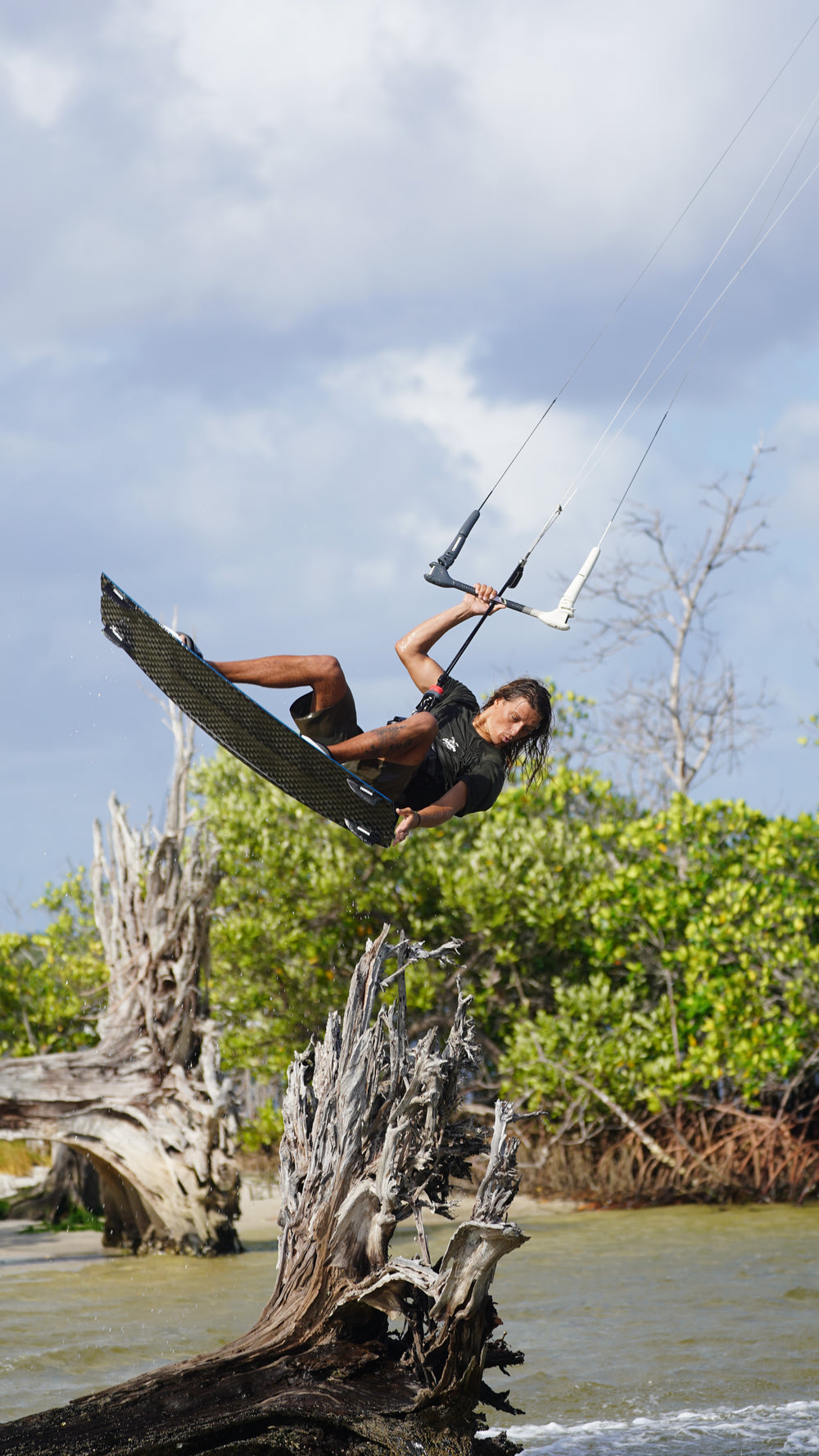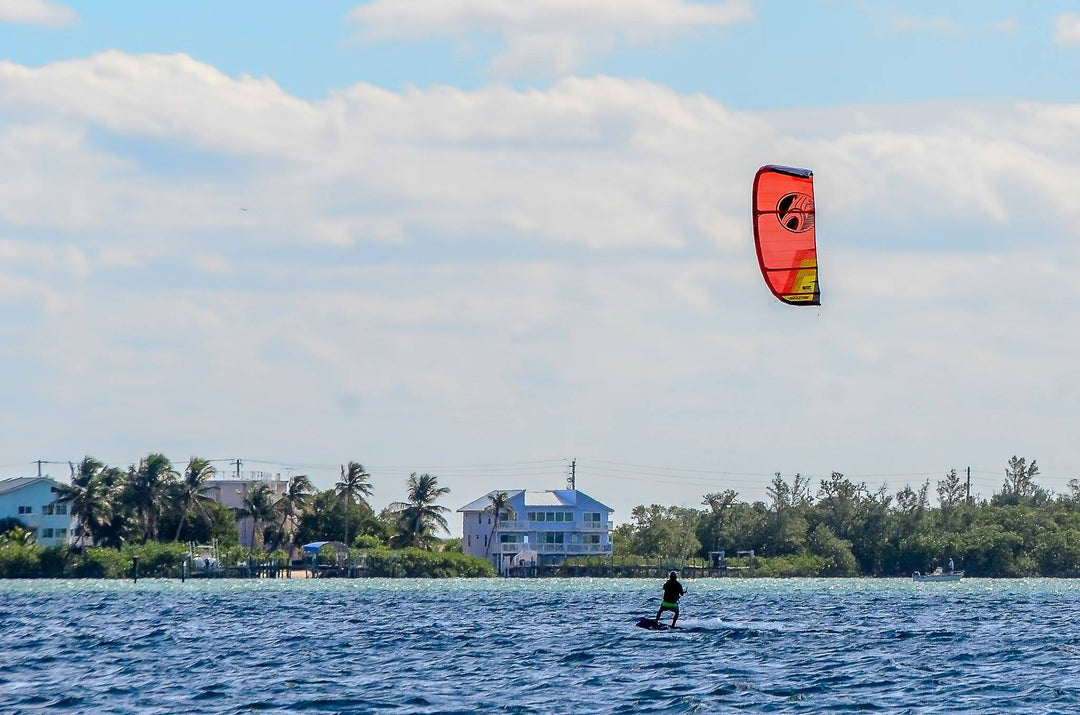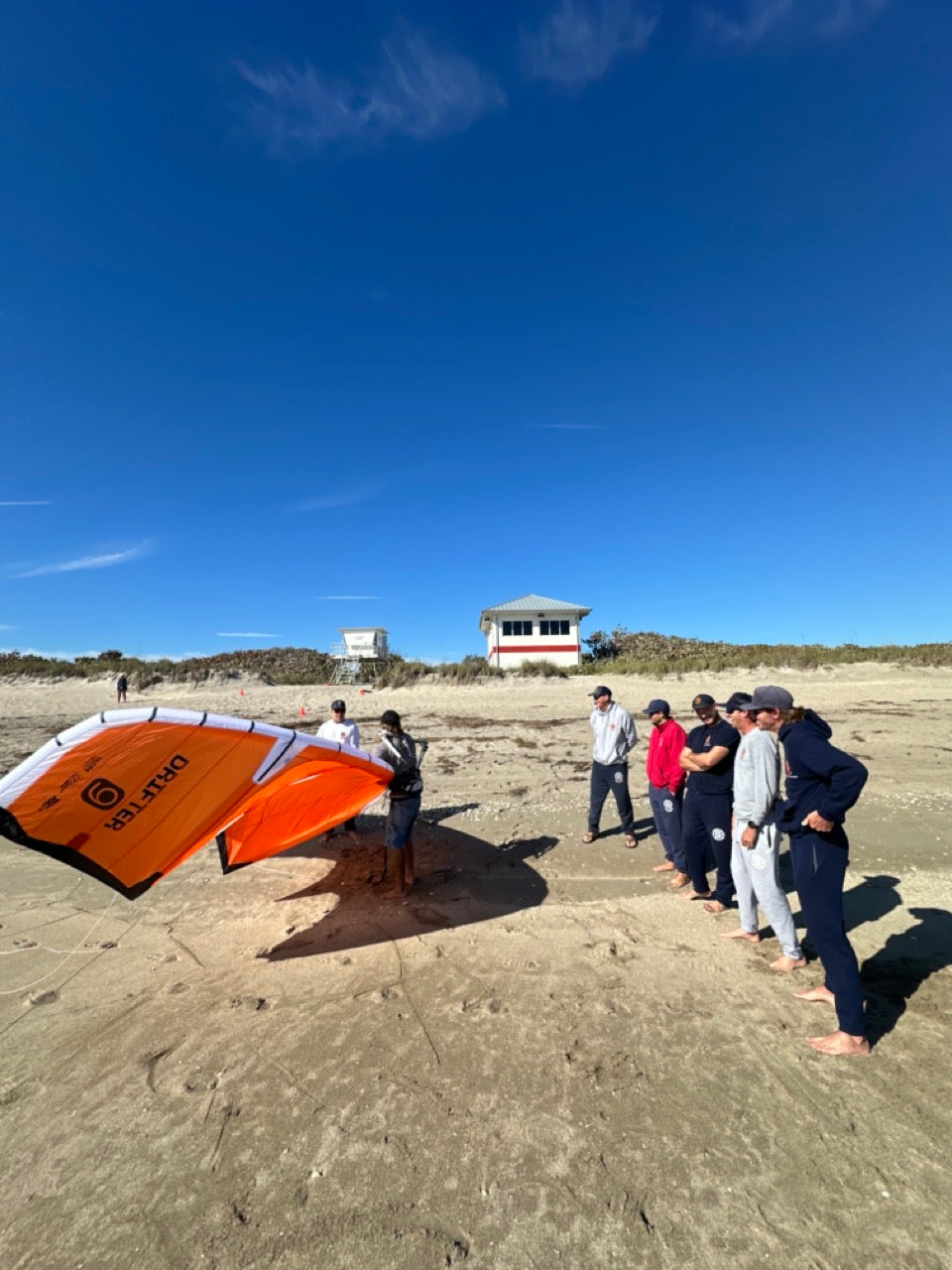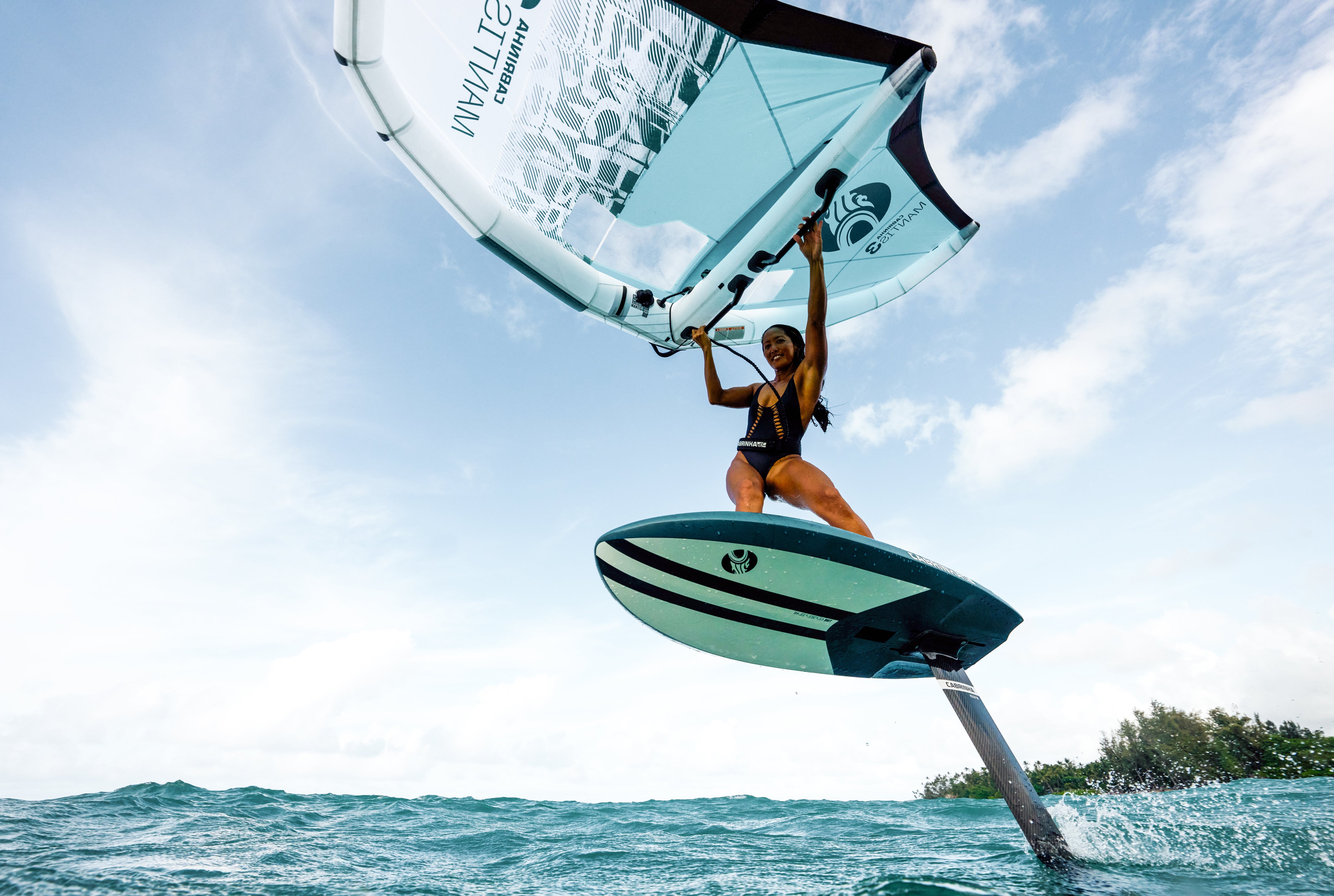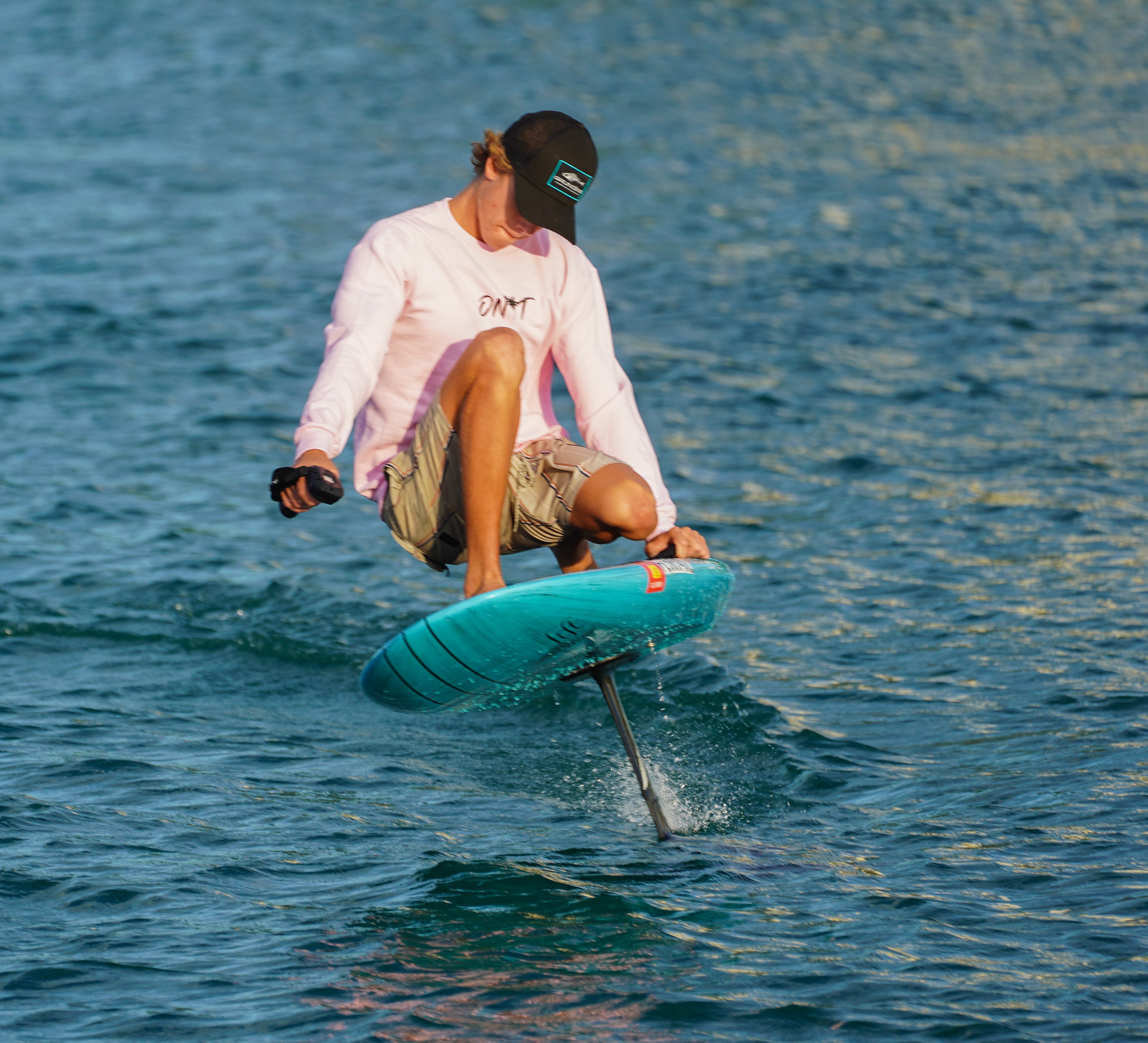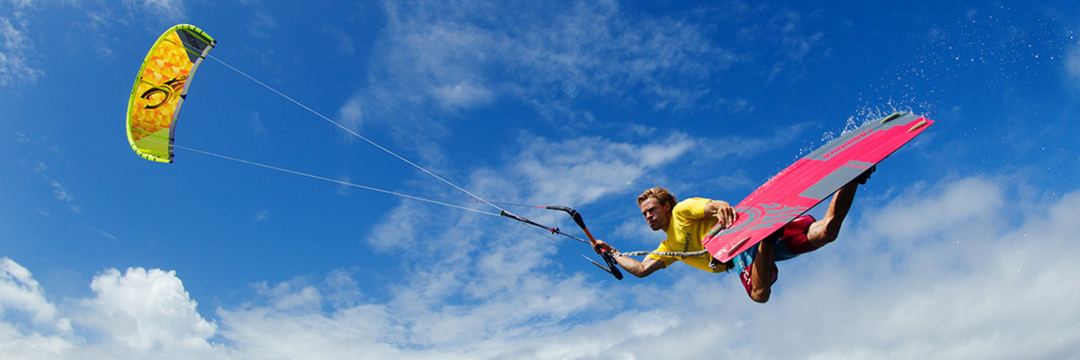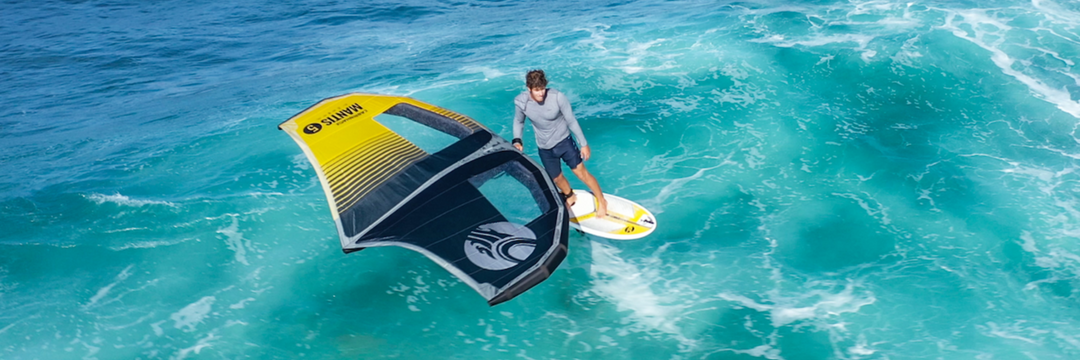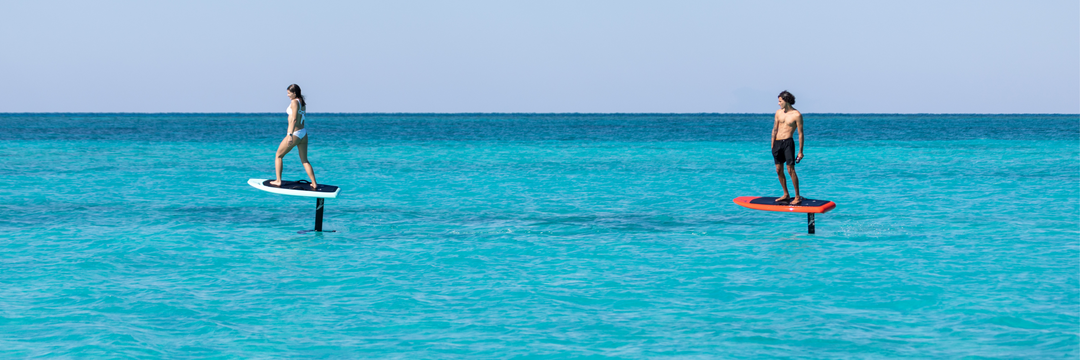Selecting the Right Kite Size for Kiteboarding: A Comprehensive Guide
Kiteboarding is a thrilling sport that offers an exhilarating blend of wind and waves. However, for the best experience, it's essential to have the right equipment. One of the most crucial elements to consider is the size of your kite. A correctly sized kite will ensure safety, control, and a maximum fun factor. In this post, we will discuss the factors to consider when choosing the right kite size and provide examples for different situations.
## Factors to Consider When Choosing a Kite Size
**1. Wind Conditions**: Wind speed is the primary factor determining the size of your kite. Stronger winds require smaller kites to control the power, while lighter winds necessitate larger kites to generate sufficient lift.
**2. Rider Weight**: Heavier riders generally need larger kites than lighter riders given the same wind conditions, because more lift is needed to get and keep them on the plane.
**3. Skill Level**: Beginner kiteboarders should opt for a size that's easier to control. Typically, this means choosing a slightly smaller kite than what an experienced kiteboarder would use in the same conditions.
**4. Riding Style**: Freeride and freestyle kiteboarders might prefer larger kites for more hangtime and better pop. Wave riders and foilers might opt for smaller kites for better maneuverability and control.
## Examples for Different Situations
To provide practical guidance, let's consider some examples. Note that these are general recommendations and may vary based on specific kite models and brands.
**1. Light Wind Conditions (10-15 knots)**:
In this scenario, a heavier rider (around 80-85 kg or 175-185 lbs) might need a kite around 14-16 square meters to get going. However, a lighter rider (around 50-60 kg or 110-130 lbs) might be able to use a 12-14 square meter kite.
**2. Moderate Wind Conditions (15-20 knots)**:
For a heavier rider in these conditions, a 10-12 square meter kite should be sufficient. For a lighter rider, an 8-10 square meter kite would be more appropriate.
**3. Strong Wind Conditions (20-30 knots)**:
When the wind picks up, it's time to bring out the smaller kites. A heavier rider might use a 7-9 square meter kite, while a lighter rider might need a 5-7 square meter kite.
**4. Extreme Wind Conditions (30+ knots)**:
These conditions require extra caution. Only experienced kiteboarders should attempt to ride in these conditions. A heavier rider would likely use a kite smaller than 7 square meters, while a lighter rider would need a kite smaller than 5 square meters.
Remember, these examples are merely general guidelines. Other factors, such as water conditions, air temperature, altitude, and kite type (C-kite, Bow kite, Hybrid, Foil, etc.), can also affect kite size choice.
## Conclusion
Choosing the right kite size for your kiteboarding session can make the difference between a successful, fun-filled experience and an unpleasant or potentially dangerous outing. Always pay attention to the local wind conditions, understand your skill level, and consider your weight and riding style when selecting your kite. When in doubt, it's better to err on the side of caution and opt for a smaller kite.
Keep in mind that the most versatile kiteboarding quiver includes at least three kites to cover a range of wind conditions. Over time, with experience, you will develop a feel for what size kite you need for various conditions.
Kiteboarding is an exciting journey of exploration and learning. Remember, safety comes first, and part of being safe is ensuring you're using the right equipment for the conditions. Happy kiting!
## Factors to Consider When Choosing a Kite Size
**1. Wind Conditions**: Wind speed is the primary factor determining the size of your kite. Stronger winds require smaller kites to control the power, while lighter winds necessitate larger kites to generate sufficient lift.
**2. Rider Weight**: Heavier riders generally need larger kites than lighter riders given the same wind conditions, because more lift is needed to get and keep them on the plane.
**3. Skill Level**: Beginner kiteboarders should opt for a size that's easier to control. Typically, this means choosing a slightly smaller kite than what an experienced kiteboarder would use in the same conditions.
**4. Riding Style**: Freeride and freestyle kiteboarders might prefer larger kites for more hangtime and better pop. Wave riders and foilers might opt for smaller kites for better maneuverability and control.
## Examples for Different Situations
To provide practical guidance, let's consider some examples. Note that these are general recommendations and may vary based on specific kite models and brands.
**1. Light Wind Conditions (10-15 knots)**:
In this scenario, a heavier rider (around 80-85 kg or 175-185 lbs) might need a kite around 14-16 square meters to get going. However, a lighter rider (around 50-60 kg or 110-130 lbs) might be able to use a 12-14 square meter kite.
**2. Moderate Wind Conditions (15-20 knots)**:
For a heavier rider in these conditions, a 10-12 square meter kite should be sufficient. For a lighter rider, an 8-10 square meter kite would be more appropriate.
**3. Strong Wind Conditions (20-30 knots)**:
When the wind picks up, it's time to bring out the smaller kites. A heavier rider might use a 7-9 square meter kite, while a lighter rider might need a 5-7 square meter kite.
**4. Extreme Wind Conditions (30+ knots)**:
These conditions require extra caution. Only experienced kiteboarders should attempt to ride in these conditions. A heavier rider would likely use a kite smaller than 7 square meters, while a lighter rider would need a kite smaller than 5 square meters.
Remember, these examples are merely general guidelines. Other factors, such as water conditions, air temperature, altitude, and kite type (C-kite, Bow kite, Hybrid, Foil, etc.), can also affect kite size choice.
## Conclusion
Choosing the right kite size for your kiteboarding session can make the difference between a successful, fun-filled experience and an unpleasant or potentially dangerous outing. Always pay attention to the local wind conditions, understand your skill level, and consider your weight and riding style when selecting your kite. When in doubt, it's better to err on the side of caution and opt for a smaller kite.
Keep in mind that the most versatile kiteboarding quiver includes at least three kites to cover a range of wind conditions. Over time, with experience, you will develop a feel for what size kite you need for various conditions.
Kiteboarding is an exciting journey of exploration and learning. Remember, safety comes first, and part of being safe is ensuring you're using the right equipment for the conditions. Happy kiting!


